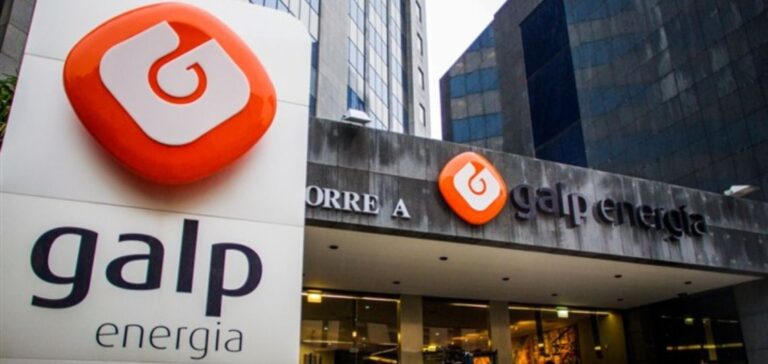Portuguese oil and gas group Galp Energia made a profit of 337 million euros in the first quarter of 2024, a notable 35% increase on the previous year. “A robust set of results thanks to good performances in exploration and extraction activities, as well as in refining,” the group emphasized in a statement.
Sector-specific improvement
Performance in Galp’s upstream sector rose by 8% to 591 million euros. Gross operating profit (Ebitda) was also up 13% year-on-year, reaching 974 million euros, as Galp stated in a press release issued by the Portuguese stock exchange regulator (CMVM).
Shareholder base and annual profit
Partly owned (35.8%) by Amorim Energia and (8%) by the state-owned holding company Parpublica, Galp posted record profits of one billion euros the previous year.
Development potential in Namibia
Drilling carried out in January and March at the Mopane field in Namibia, in which Galp holds an 80% stake, estimated its potential at “at least ten billion barrels of oil equivalent”. “Namibia could become a new source of revenue for Galp, which currently holds major investments offshore Brazil and is also involved in a natural gas project in Mozambique’s Rovuma Basin,” the company explained.
Debt and stock market performance
Galp’s net debt has risen by 12% since the beginning of the year, reaching 1.5 billion euros at the end of March. Despite this increase in debt, Galp Energia shares rose by 2.45% to 20.89 euros shortly after the opening of the Lisbon Stock Exchange.
The significant increase in Galp Energia’s earnings in the first quarter of 2024 reflects the strength of its exploration, extraction and refining operations, despite an increase in its debt.






















